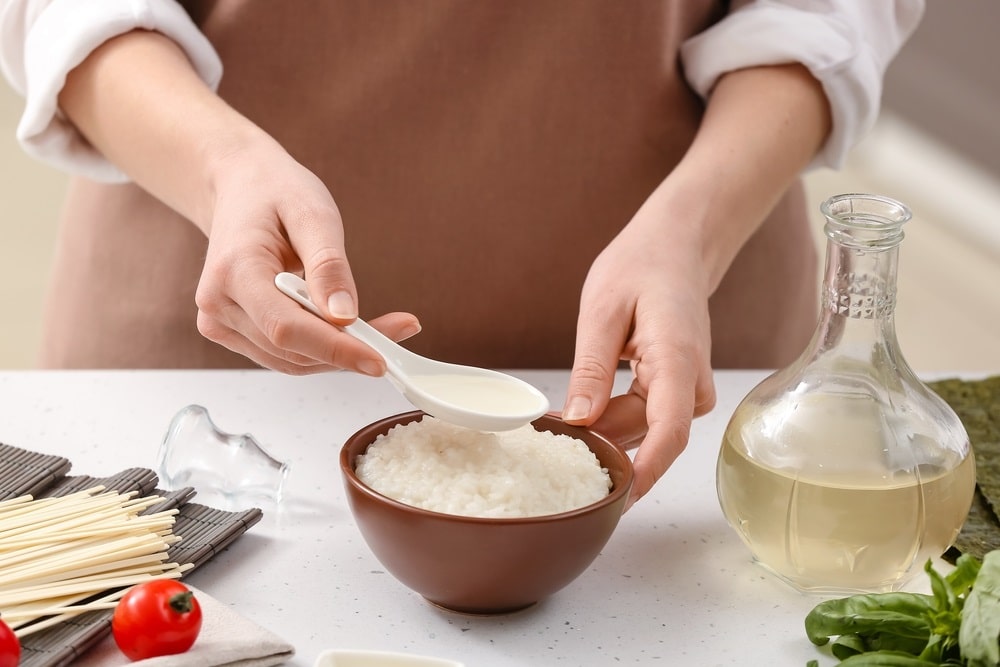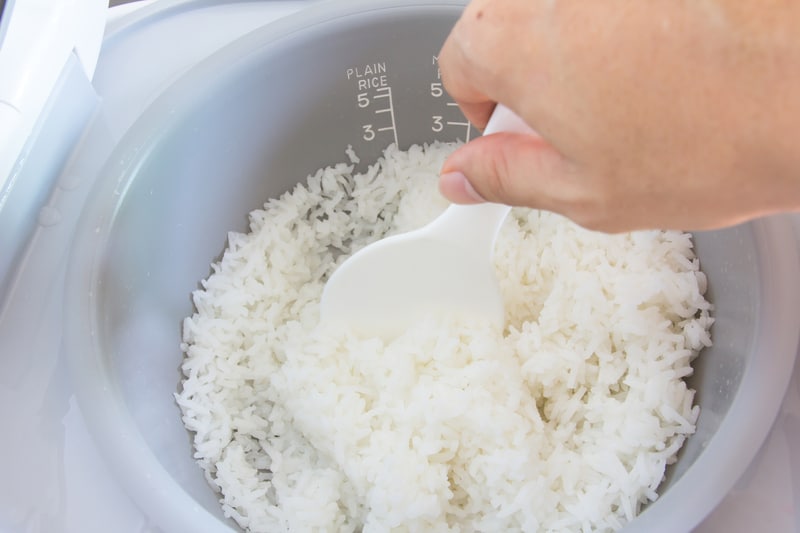
Sushi – the national dish of Japan – seems to have become popular all over the rest of the world too. Sushi is not only delicious but also fairly healthy. It is low in fat and high in protein, carbohydrates, vitamins, and omega acids.
Typical Sushi Ingredients
Japanese sushi masters train for decades and take their craft very seriously. You may not get the opportunity to study sushi-making under one of them but you can certainly learn to make reasonably good sushi at home.
The first thing is to get to grips with the type of ingredients used. Raw fish, Japanese short-grain rice, and seaweed are the basic ingredients.
After that, things like avocado and cucumber are added. Sushi is traditionally served with three condiments: soy sauce, wasabi, and pickled ginger.
Can I Use Regular Rice For Sushi?
Today, though, we are going to focus on the type of rice used for sushi. Is it okay to use regular long-grained rice for sushi? Can you use ordinary household rice or must you buy special rice?
The short answer is no, ordinary rice will not do for sushi. The reason is, it is not sticky enough to hold together and our sushi rolls will fall apart. That said, Calrose rice or risotto rice will do if you really don’t have anything else.
Why can’t I use regular rice for sushi?
There are probably around forty thousand rice varieties and they all are great for certain dishes. Arborio for risotto, for instance. What makes them different from one another?
Rice contains two types of starch in different ratios – amylose and amylopectin. High-amylose rice varieties such as most long-grained varieties stay firm after being cooked.
Examples here are jasmine and basmati. This is the opposite texture of what you need for sushi. High amylopectin rice varieties soften after cooking and clump together easily, making them perfect for sushi.
Why can’t I use Arborio rice for sushi?
Well, you can but do you really want to? Sushi rice is a Japanese short-grain variety. Arborio rice is an Italian medium-grain variety that is stickier and more chalky than sushi rice.
This chalkiness is the main reason you shouldn’t use it. It has a different flavor and mouth feel to sushi rice and will spoil the authenticity of your dish.
Sushi rice has a well-balanced taste and absorbs the perfect moisture content to create stickiness. This stickiness is what will help you to pick up the finished sushi with a pair of chopsticks.
How To Obtain Sushi Rice
Look in your grocery store for packets of rice labeled “sushi rice.” If you can’t find it, look in an Asian shop or else buy some online.
How To Prepare Sushi Rice
- Put the rice into a colander and rinse it under cold running water until the water runs clear.
- Leave the rice to drain for an hour in the colander.
- Cook the rice on the stovetop or in a rice cooker until soft.
- Once cooked, spread the rice onto a baking tray with a wooden spoon. Pour your vinegar/sugar/salt mixture over it. Mix and allow the rice to cool before using it to make sushi.
To Conclude
We hope after reading this article that you decide to use the real deal for your homemade sushi. We promise it will be worth it. Do let us know how it turned out for you.

